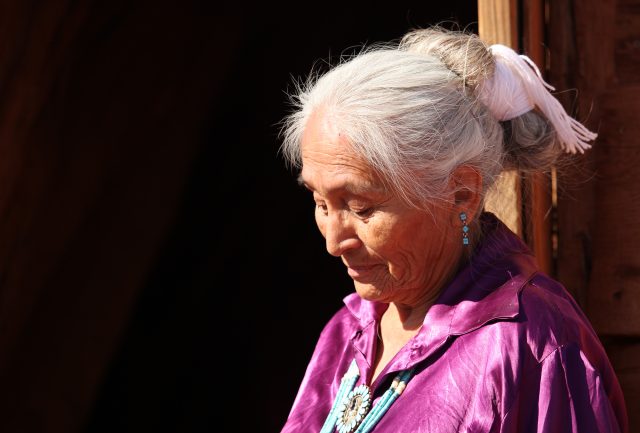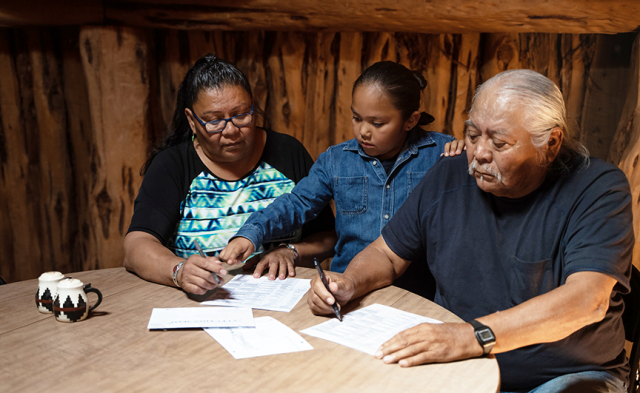
Understanding the Characteristics and Needs of Tribal Community Members for Social Security Delivery
Abstract
This paper examines the Social Security Administration’s (SSA) ongoing efforts to strengthen its relationship with tribal communities across the U.S. We conducted a descriptive study of service delivery to tribal communities using information from a comprehensive literature review, an analysis of individual- and household-level data from the American Community Survey (ACS), SSA office location data, and semi-structured interviews with experts, SSA and other federal government staff, state and local government staff, community advocates, and tribal community members.
The paper found that:
- SSA is doing a lot right in its work with and on behalf of American Indian and Alaska Native people. The agency is collaborating with tribal governments and other groups, consulting and listening to local and regional governments and tribal members, and utilizing third-party case workers to provide services.
- SSA’s reliance on online service delivery may be leaving out many applicants and beneficiaries, particularly those living in rural areas. Moving advertising and service delivery to an online model—which was spurred by the COVID-19 pandemic—leaves out many people who do not have basic internet access, not to mention broadband access. Driving to an SSA field office takes about 16 minutes longer in Census tracts that include tribal areas than in those that do not.
The policy implications of the findings are:
- SSA or other organizations might consider a variety of areas for future research, including piloting demonstration projects to test certain efforts; developing generalizable but adaptable service delivery models; engaging stakeholders and community members with lived experience; and improving data and data systems relating to American Indian and Alaska Native people and communities.







